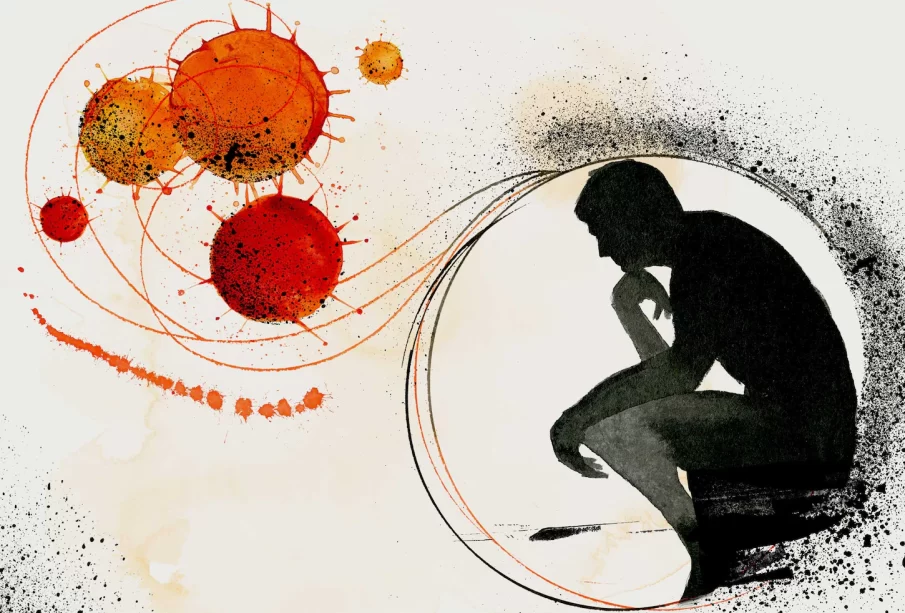Is the Next Public Health Emergency Upon Us? COVID-19 Taught

Monkeypox is another viral infection that probably shares many similarities with smallpox regarding symptoms. This infection can cause fever, rash, and muscle aches. In severe cases, monkeypox can be fatal. There is no specific treatment, and accurate diagnosis is also a challenge because of the symptoms that overlap with other diseases. The rising number of monkeypox cases in the US has become a public health concern, primarily because it didn’t spread outside African regions or rarely occurred in the past. However, more than 6600 people are suffering from this infection in the country today, prompting the government to declare it an emergency. WHO has also called it a global health emergency, which it did at the time of coronavirus.
The monkeypox virus can also transmit quickly, spreading through human contact. Some believe that a faster response to it is necessary before this infection becomes a mass outbreak. Regarding the preparation and response system, the COVID-19 experience emerges as the most reliable source of insights. Here is some learning from it.
What did COVID-19 teach us about handling a pandemic?
One of the most critical aspects has been the cooperation and collaboration between government bodies and business people across different levels. It played an essential role in saving adverse economic fallout, helping the government to respond to health consequences quickly and slow down the virus effect. It also came in handy in improving workplace safety amid the COVID-19 scare. However, nearly 60% of people believe that strict coronavirus measures should not apply in work spaces anymore, as per MyBioSource’s recent survey.
Nevertheless, business leaders needed to decide quickly amid the changing public health mandates, requiring them to adapt to the lockdown option due to lack of preparation in the country. It proved costly but had its benefits. Today, the situation can be better if private companies and public agencies join hands and ensure the essential service workers’ safety so they can continue to work even during an emergency.
Another benefit of public and private players’ coming together was the rapid vaccine development. The association between private companies, the National Institutes of Health, and other research centers helped produce efficient vaccines that protected against the severity of CVOID-19, minimizing fatality rate, hospitalization, etc. Also, the distribution could be more efficient.
Another positive outcome of the partnership between public and private bodies was expanding telehealth services that ensured timely care for patients, regardless of their location. It could not have been possible without regulatory reforms that gave hospitals this flexibility to deal with the surge and encouraged healthcare workers to continue providing their services.
At the same time, the coronavirus situation also served as a window to the country’s shortcomings, necessitating that it increases its healthcare accessibility and removes the disparities exposed by the pandemic. Everyone saw how people with diabetes, hypertension, physical disabilities, and others were most vulnerable. It showed that there is a need to reimburse providers to improve health across different levels and enable Americans to fight against public health challenges in the future. More precisely, everyone should get healthcare access no matter what.
One more COVID-19 lesson has been the need for data accuracy. For instance, wastewater testing helped ring the alarm bell for the rise of coronavirus early. Genome-related studies also came in handy in the detection of new variants and how to address them.
What does it take to prepare for future pandemics? Some perceptible challenges
There has to be country-level preparedness involving developing a resilient and robust health system in primary care to help detect virus outbreaks, treat patients, vaccinate, and others. Then, as mentioned, coordination between business leaders and governments, regulatory reforms, data, and other dynamics can also improve the situation.
The country has 900 hospital chains and health systems that deliver data; the most significant share comes from 200 hospitals. However, the US has 6000 hospitals, and to get test reports for any disease, such as coronavirus, monkeypox, or others, the public health bodies across the state have to reach out to hundreds of places to share the same with the federal bodies. Then, there is also a problem with the way data collection happens. Many places use electronic methods for data recording in the country, allowing healthcare professionals to document medical cases for effortless sharing. But these mechanisms also suffer from compatibility issues and face problems in ensuring smooth data exchange, which is a significant setback.
However, the positive step forward is the NIH’s collaborative database systems used by over 2000 scientists for COVID-related inquiries, including long COVID symptoms, reinfections, status in rural and urban belts, etc. The White House has also emphasized the improvement of database infrastructure.
As for monkeypox, the government has supposedly released more than one million vaccine doses and strengthened diagnostic capacity to accommodate 80,000 tests weekly. New York, Illinois, and California recently announced moneybox as a health emergency.








